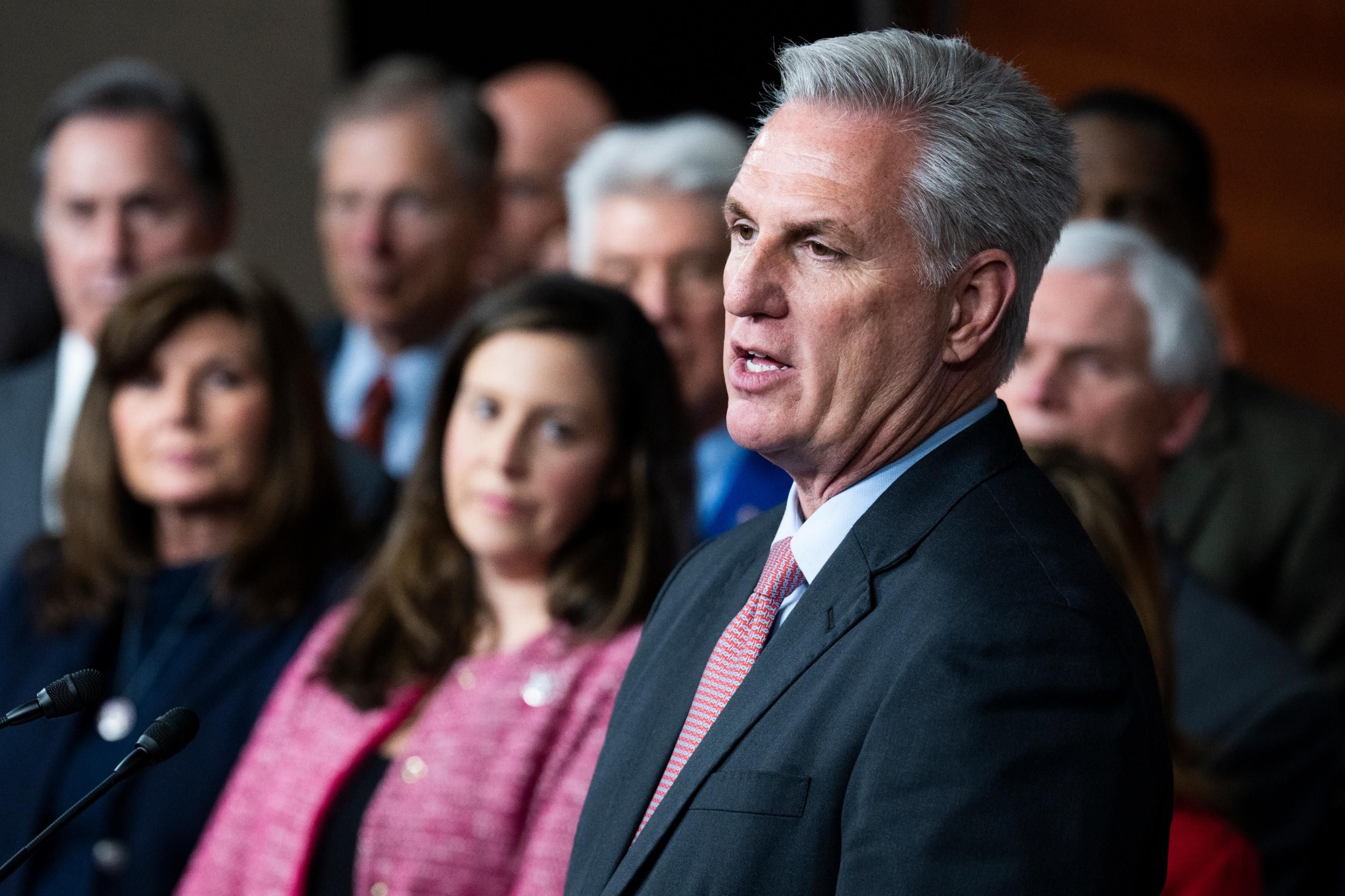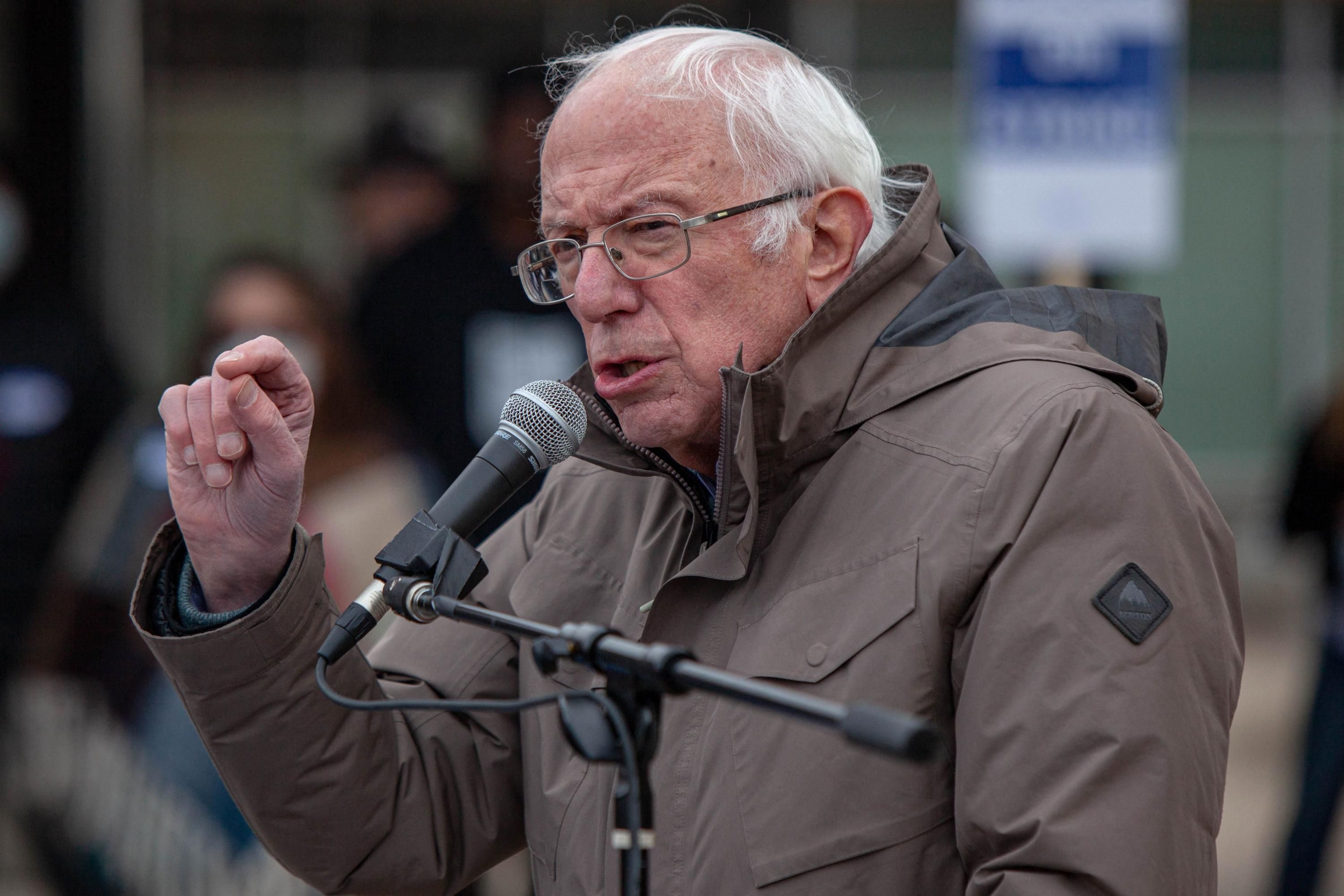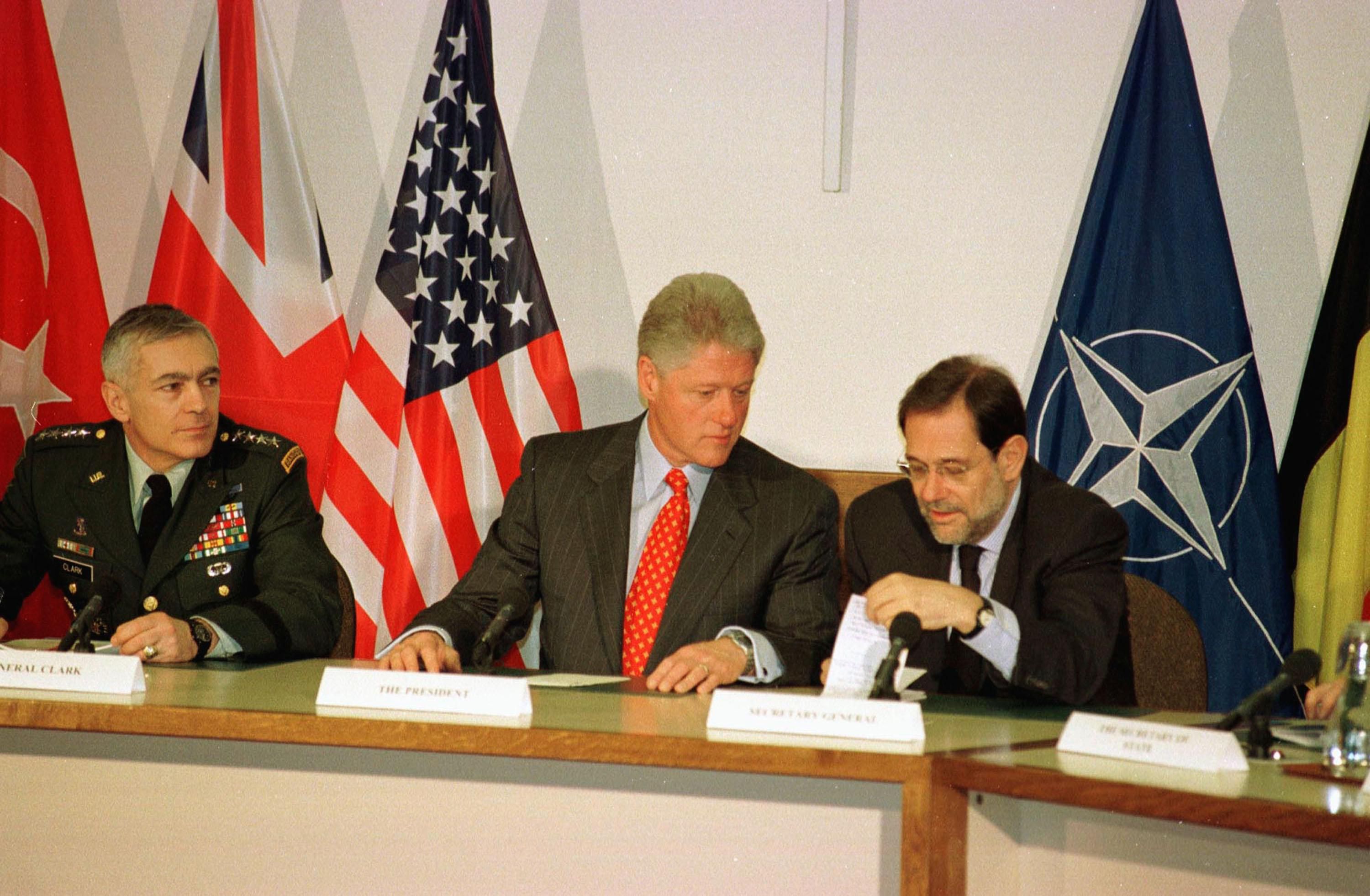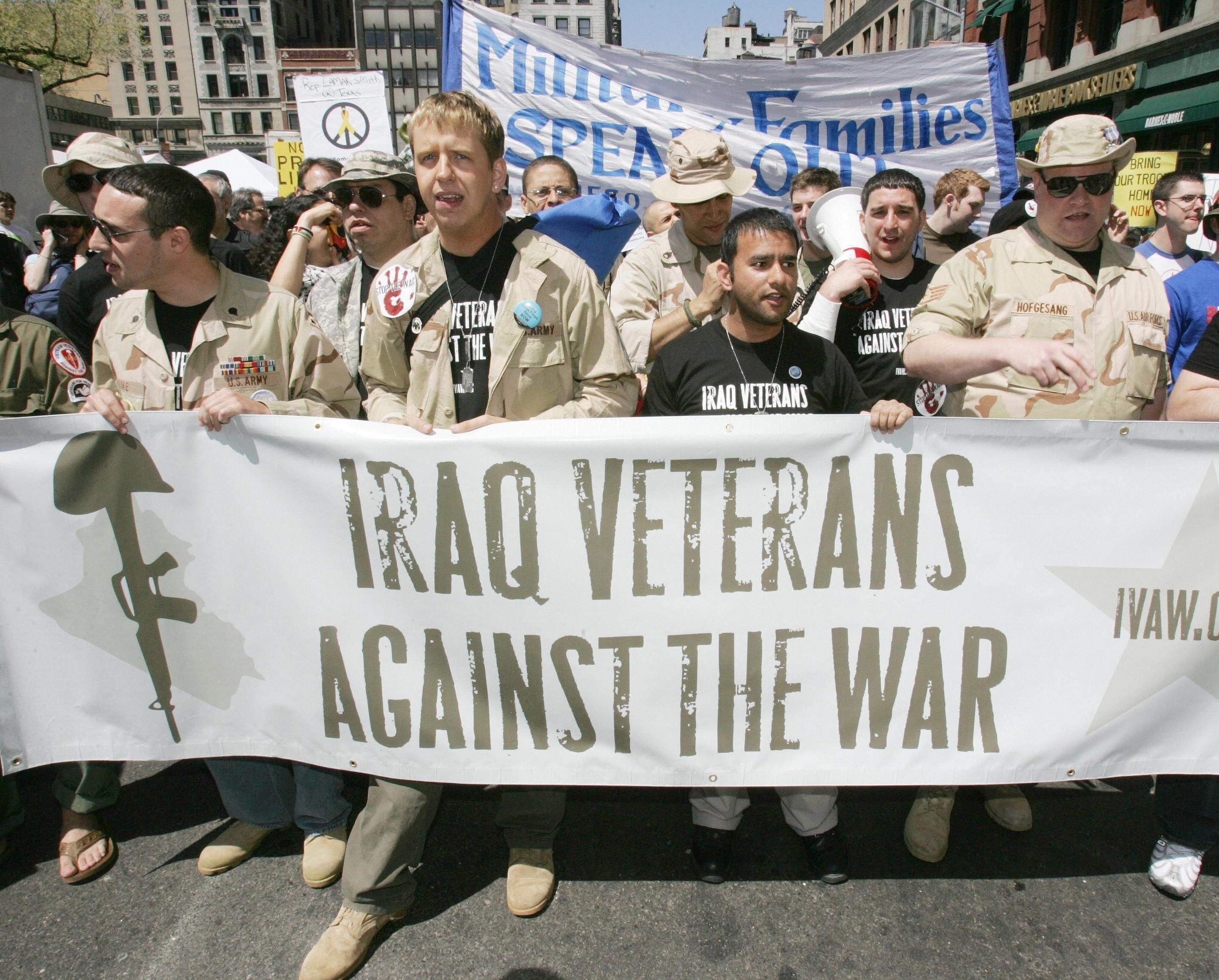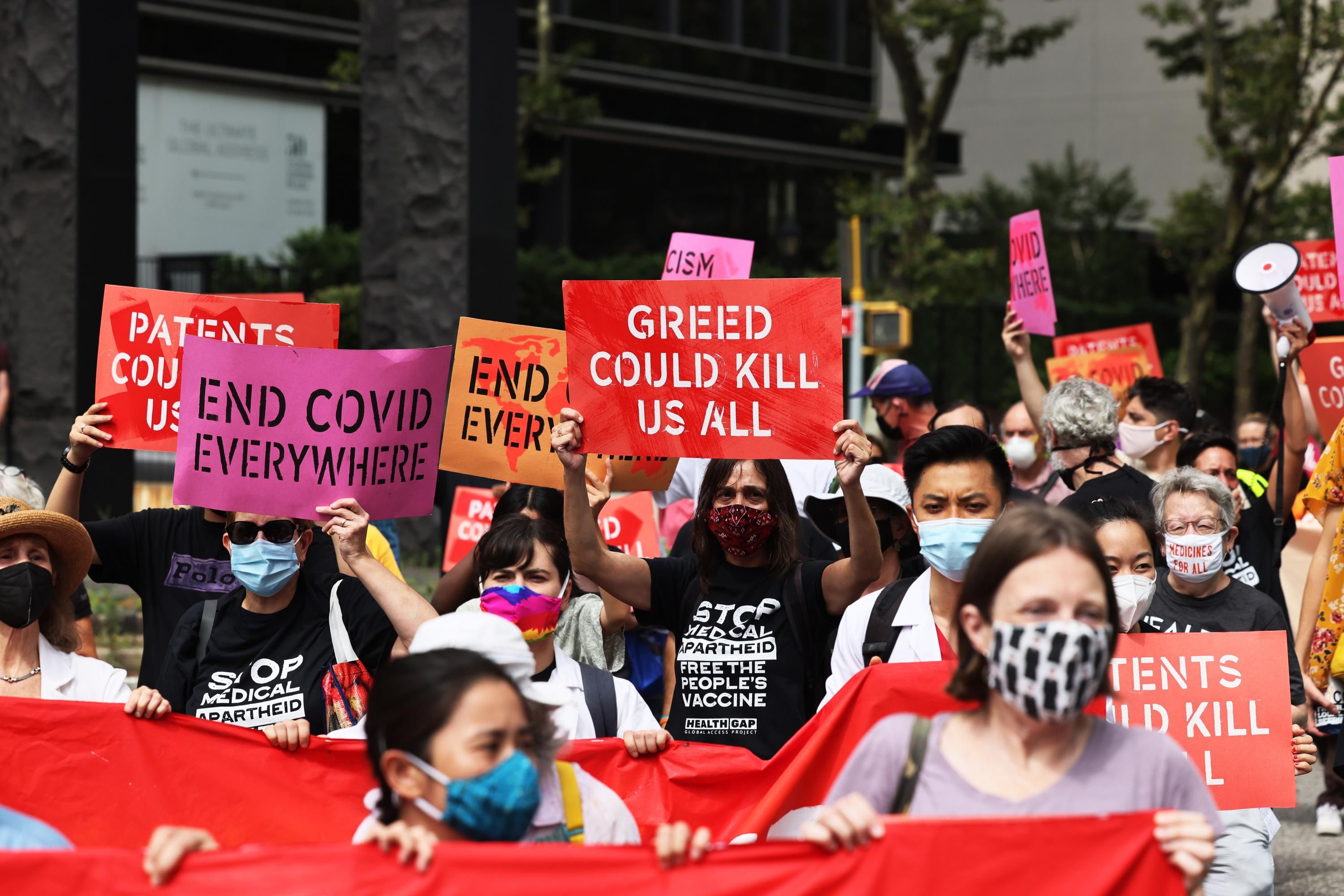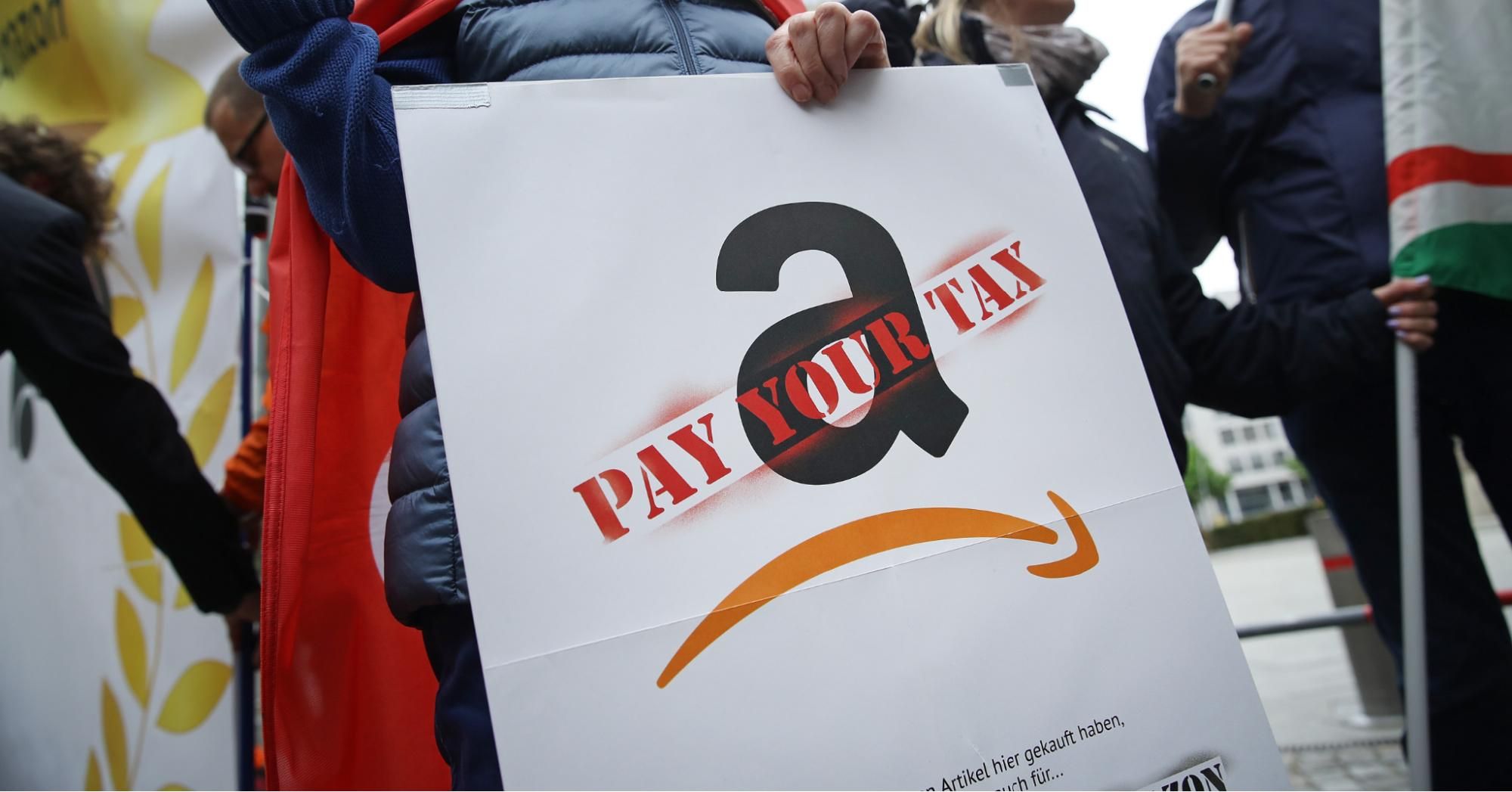Montana Plaintiffs Announce First Children's Climate Trial in US History
One of the plaintiffs said going to trial "means our voices are actually being heard by the courts, the government, the people who serve to protect us as citizens, and Montana's youth."

A flare burns in the Bakken oil field near Bainville, Montana on September 12, 2013. (Photo: Ken Cedeno/Corbis via Getty Images)
COMMON DREAMS
February 8, 2022
Young Montanans and their lawyers announced Monday that the first children's climate trial in U.S. history is set to begin a year from now in Helena, Montana.
"Knowing that we have the dates for the first youth constitutional climate case ever, I feel hopeful that finally our government may begin to serve our best interest."
The historic trial in the constitutional climate lawsuit Held v. State of Montana is scheduled for February 6 through February 17, 2023 at the First Judicial District Court.
"Going to trial means a chance for me and my fellow plaintiffs to have our climate injuries recognized and a solution realized," said Grace, one of the 16 plaintiffs, in a statement.
"It means our voices are actually being heard by the courts, the government, the people who serve to protect us as citizens, and Montana's youth," she added. "Knowing that we have the dates for the first youth constitutional climate case ever, I feel hopeful that finally our government may begin to serve our best interest."
The plaintiffs in the case—first filed on March 13, 2020—are represented by Nate Bellinger of Our Children's Trust, Melissa Hornbein of the Western Environmental Law Center, and Roger Sullivan and Dustin Leftridge of McGarvey Law.
As a fact sheet from Our Children's Trust outlines, the youth plaintiffs are not seeking money from the government; they are "asking the court to declare Montana's state energy policy unconstitutionally promotes the development and utilization of fossil fuels."
The young Montanans are also "challenging the constitutionality of a provision in the Montana Environmental Policy Act that prohibits the state from considering the impacts of climate change when making certain decisions about which projects to permit."
As Hornbein explained Monday, "Montana is one of only a handful of states that recognizes a fundamental right to a clean and healthful environment, and that includes the climate."
"Montana has a long history of promoting fossil fuels and exacerbating the climate crisis, and we are hopeful our case could turn over a new leaf for the state and its youth," she continued. "We're not only talking about 'future generations.' The people who we need to take action to protect from the climate crisis are already here in our schools, daycares, and cribs."
GLACIER NATIONAL PARK IS ALSO WATERTON NATIONAL PARK IN ALBERTA, CANADA
Bellinger called the trial "an unprecedented opportunity" to lay out in court how the state's fossil fuel promotion contributes to the climate emergency, "resulting in grave injuries to these 16 youth plaintiffs."
"Through this trial," he said, "we will have an opportunity to prove that the state of Montana's actions promoting a fossil fuel-based energy system are violating the fundamental constitutional rights of the plaintiffs."
Bellinger's organization is known for various U.S. climate cases involving young people, including Juliana v. United States and Sagoonick v. State of Alaska. In the latter, the Alaska Supreme Court last month denied Alaskan youths' right to bring a constitutional case challenging the state's fossil fuels policy—but plaintiffs and their attorneys have vowed to keep fighting.
Our work is licensed under Creative Commons (CC BY-NC-ND 3.0). Feel free to republish and share widely.




